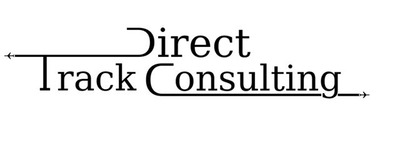In the previous articles we have discussed the broader aspects of the GNSS/GPS system and how it affects us in a rather general way. I would like to spend a few minutes considering how the GPS system impacts and affects you personally.
Most of us are aware of the handheld Garmin or TOM TOM GPS receivers in your car or that you take on holiday. They are exactly what they say they are, GPS receivers.
Those of us with smart-phones, are aware of the integrated phone tracking location service, that is GPS based.
As I contemplate how to illustrate the wide variety of GPS applications within the scope of this short article I realize that doing so is going to be quite difficult.
As I quoted in the first of these articles, “There is no area of commerce in the UK that is not reliant on GPS.”[1]
Each sector on the following list is only the tip of the network where GPS is employed.
· Aviation,
· Banks,
· Cellular Telephone network,
· Electric Power Grids,
· Stock Market trading,
· Cargo tracking,
· Railway signaling,
· Maritime Navigation,
· Automatic Highway tolls,
· Geo Surveying
· Surveillance
You will quickly see the obvious relationship between GPS and other transportation roles such as Aviation, Cargo Tracking, Maritime Navigation and so on, however the relationship to Banks and the Stock Market may not be as obvious.
If you remember, the GPS signal provides Position, Navigation and Time information.
The Financial industry relies very heavily on the synchronized timing signals generated by the GPS system in order to execute computerized trades across the world. Every financial trade must have a synchronized date/time stamp to provide proof of when the trade took place. In the era of computerized high-speed trades, a few milliseconds can be the difference between a major profit, or a catastrophic loss.
This level of precision is essential for the international financial markets to continue to function. If the clocks are out of sync the computerized trading stops.
The same requirements of precise timing are also relevant to the cellular telephone networks and radio/television transmission.
If a radio transmitter is broadcasting on the same frequency but from 2 different sites, the signals must be perfectly synchronized or the result will be carrier wave interference and the frequency will be blocked with an unpleasant squeal. This is caused as both signals run over and interfere with the other.
For the Cellular telephone networks to work effectively each cell mast must be synchronized with all of the other masts within the network.
As you drive along the highway, hands-free of course, the signal from your phone is ‘handed’ from one tower to the next giving you a continuous connection to your other party. If these these signals are not synchronized, each mast will be acting independently and there will be no continuity of signal reception. The absence of continuity will make an uninterrupted call impossible. Think about that the next time you are in the car and your phone call lasts 50 miles.
In the last installment of this series we will look at some of the vulnerabilities of the GPS system.
[1] Dr. David Last
